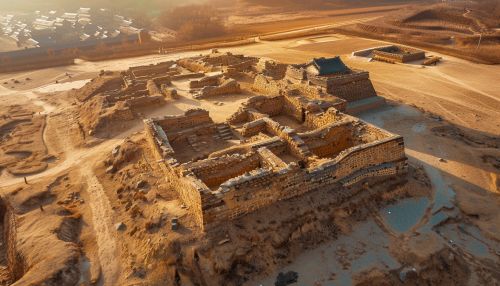History of Korea
Prehistory
The earliest known Korean pottery dates back to around 8000 BCE, or the Neolithic period. Archaeological evidence from this time suggests that Korea was inhabited by a hunter-gatherer society, or what is known in Korea as the Jeulmun.
Gojoseon (2333–108 BCE)
The first kingdom, Gojoseon, was established in 2333 BCE by Dangun, who is said to be descended from heaven. This period is often known as the age of Korean mythology, due to the lack of solid historical records. The kingdom eventually fell to the Han dynasty of China in 108 BCE.


Three Kingdoms (57 BCE – 668 CE)
Following the fall of Gojoseon, three rival kingdoms emerged: Goguryeo, Baekje, and Silla. This period is known as the Three Kingdoms period. Each kingdom was heavily influenced by China, adopting Buddhism as their official religion.
Unified Silla and Balhae (668–935)
The Three Kingdoms were eventually unified under the Silla Dynasty, marking the beginning of the Unified Silla period. During this time, the Balhae kingdom also emerged in the northern regions, coexisting with Unified Silla for nearly 300 years.
Goryeo Dynasty (918–1392)
The Goryeo Dynasty, from which the name Korea is derived, was established in 918 and replaced the Unified Silla Kingdom. This period saw the creation of the world's first metal movable type in 1234, predating Gutenberg's invention by over 200 years.
Joseon Dynasty (1392–1897)
The Joseon Dynasty, which lasted for over 500 years, is the longest single dynasty in Korean history. This period saw the invention of Hangul, the Korean alphabet, under the reign of King Sejong the Great.
Japanese Occupation (1910–1945)
In 1910, Korea was annexed by Japan, marking the beginning of a 35-year occupation. During this time, the Korean people were subjected to cultural assimilation and exploitation.
Division and War (1945–1953)
Following Japan's surrender at the end of World War II, Korea was divided into two zones along the 38th parallel, with the north occupied by the Soviet Union and the south by the United States. This division led to the Korean War in 1950 when North Korea invaded South Korea.
Modern Korea (1953–Present)
Since the armistice agreement in 1953, South Korea and North Korea have developed along different paths. South Korea has become a global economic powerhouse, while North Korea remains one of the world's most repressive states.
